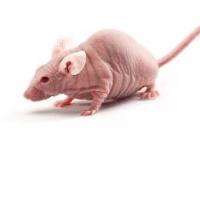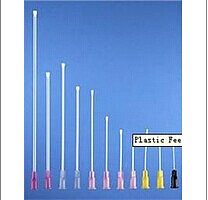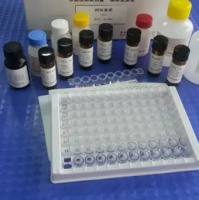Tamoxifen administration to mice
互联网
One of the uses of tamoxifen in the lab is the activation of enzymes deactivated via an estrogen-binding domain, like Cre-ERT (Cre-LBD). Tamoxifen is an estrogen analogue that binds with higher affinity than estrogen to altered estrogen binding domains. There are several ways to administer tamoxifen to mice each with advantages and disadvantages. If precise dosage is not paramount, administration via food is the gentlest to the animal. Keep in mind that induction varies depending on Cre and target genes.
Tamoxifen administration via chow
- pro : less labour-intensive and less stressful for the animals
- con : dosage depends on eating behaviour; induction may take longer then IP
- tamoxifen formulation in typical mouse food pellets have just become commercially available (Harlan Teklad CRD TAM400/CreER )
- 400 mg tamoxifen citrate per kg food irradiated pellets
- dosage is based on Kiermeyer et al. 2007 "Optimization of spatiotemporal gene inactivation in mouse heart by oral application of tamoxifen citrate." (PMID 17216603 ) where efficient induction took 4 weeks. It appears that speed of induction is highly dependent on target genes (LoxP insertion sites) and can be as short as days.
Tamoxifen administration via drinking water
- pro : less labour-intensive and less stressful for the animals
- con : dosage limited by low solubility of tamoxifen in water; dosage depends on drinking behaviour; induction may take longer then IP
- dissolve 100mg tamoxifen in 100µl pure ethanol (10mg/100µl = 100mg/ml tamoxifen)
- dilute 100-200x in distilled water to final concentration of 1-0.5mg/ml
- use 1% ethanol in distilled water as a negative control
- replace water in drinking bottles with tamoxifen solution; let mice drink at will
compare Gail et al 1999, PMID 10547390 , p355: treatment of mice
Tamoxifen administration using a feeding needle
- pro : dosage more precise than feeding and drinking (less than IP)
- con : time consuming; stressful for animals
final concentration: 100µg/µl ~ 1mg/10µl
- 100 mg Tamoxifen-free base (Sigma, T5648) was suspended in 100 μl Ethanol and solved in 900 μl peanut oil (Sigma). This 10 mg/100 μl tamoxifen solution was shaken rigorously at 55°C (Tamoxifen precipitates at RT) and divided in aliquots of 50 μl (1 daily dose = 5mg). Store at -20°C.
- heat to 37°C before administration. Verify that tamoxifen is properly dissolved.
- feed orally to mice with a feeding needle. Fix the mice at their neck and ridge so that the belly is directed to the floor. Hold the mouse tightly so that it can not move the head, but not too tight to avoid choking. Carefully introduce the feeding needle in the mouth behind the tongue (max. 1 cm). It is helpful to mark 1 cm on the needle with an edding pen in order to see how deep you have inserted the needle.
- slowly introduce 50 μl of the tamoxifen solution with the syringe; assure swallowing;
- e.g. repeat this procedure for 5 days once a day (efficiency of induction depends on Cre and transgene; determine your own dosage)
(protocol: Stefan Glaser)









